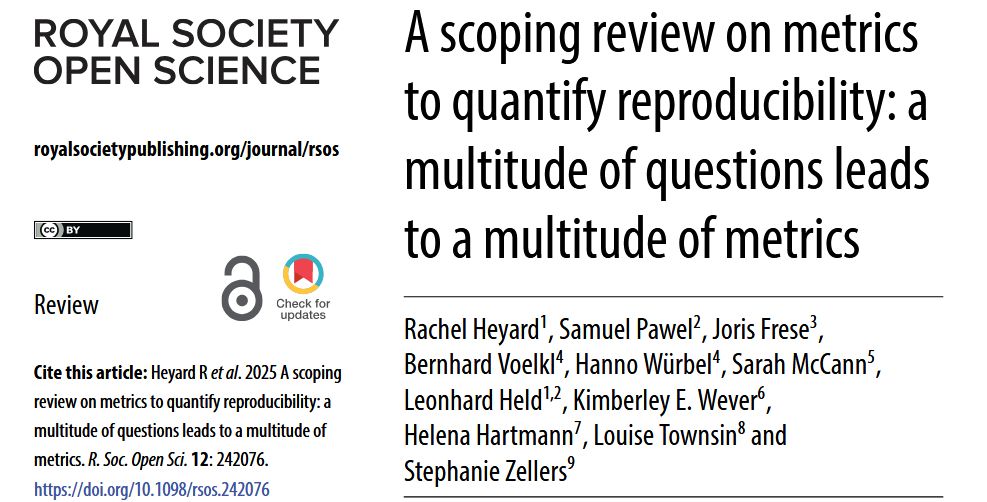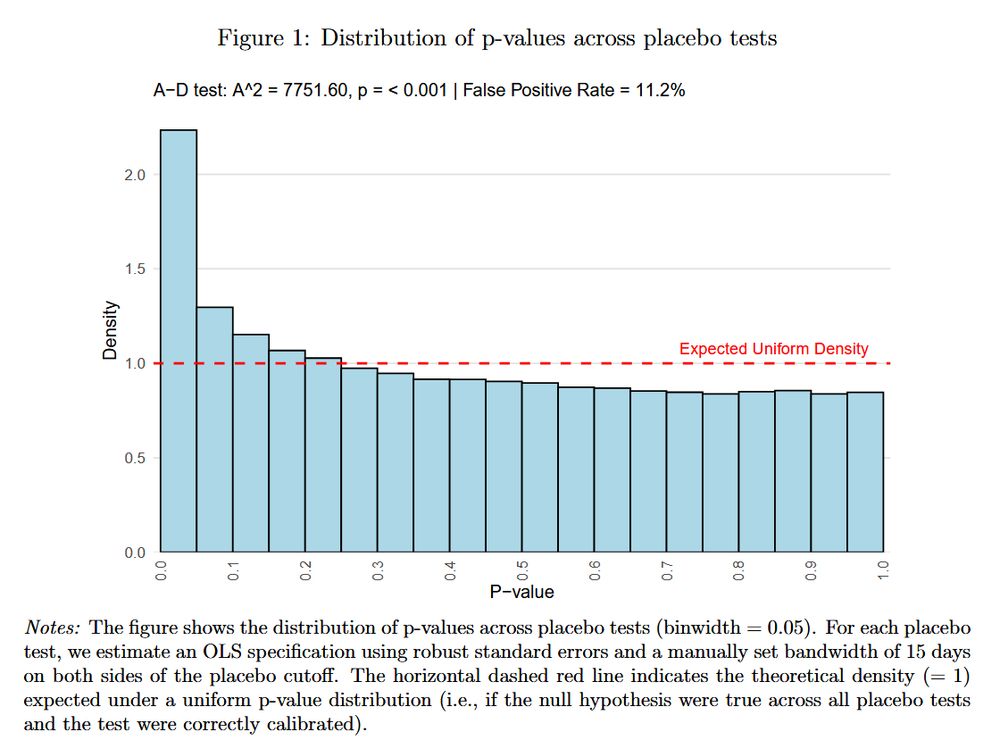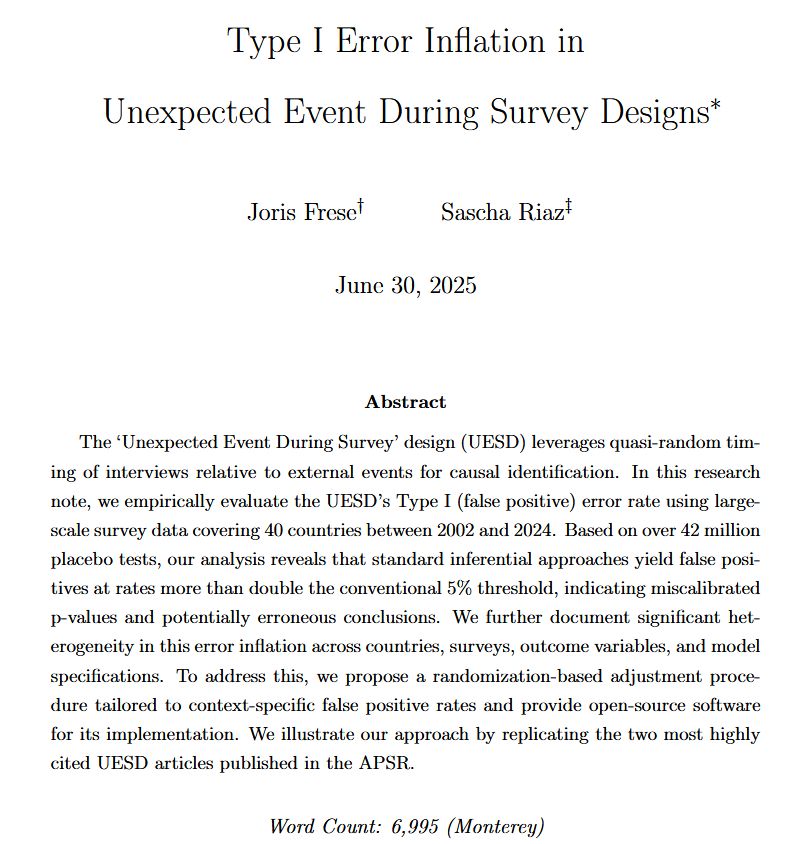
Currently visiting Harvard's Department of Government.
Interested in: political behavior, quantitative methods, metascience.
https://www.jorisfrese.com/







A scoping review on metrics to quantify reproducibility:
royalsocietypublishing.org/doi/10.1098/...
Ever conducted a replication and pondered when/how to conclude if it was (un)successful?
We have just the paper for you (led by Rachel Heyard)! 1/14


A scoping review on metrics to quantify reproducibility:
royalsocietypublishing.org/doi/10.1098/...
Ever conducted a replication and pondered when/how to conclude if it was (un)successful?
We have just the paper for you (led by Rachel Heyard)! 1/14







3/9

3/9

osf.io/preprints/os...
1/9


osf.io/preprints/os...
1/9







“Stand by those who share our values” – how refugees fleeing the Taliban improved European attitudes toward immigration
Article: journals.sagepub.com/doi/10.1177/...
Pre-print: osf.io/preprints/os...
Thread: 1/8

“Stand by those who share our values” – how refugees fleeing the Taliban improved European attitudes toward immigration
Article: journals.sagepub.com/doi/10.1177/...
Pre-print: osf.io/preprints/os...
Thread: 1/8







